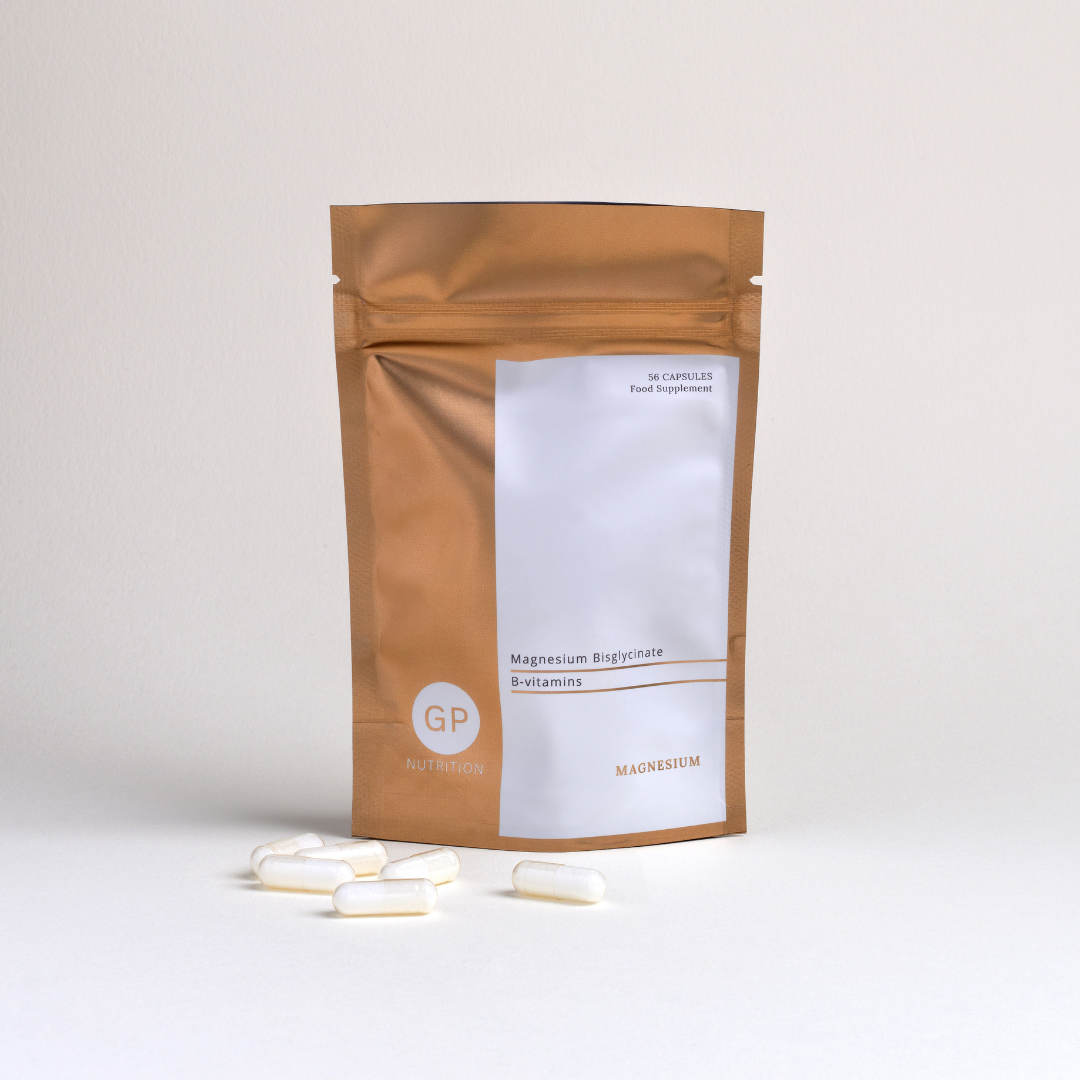Essential for digestion, fibre works to rid the body of toxins, redundant hormones and unwanted fats whilst nourishing your gut microbiome - supporting a wide range of health benefits.
While it might not be the most obvious link, your gut health has a great effect on your body's key functions including your immune system, hormone balance, energy and sleep, skin and digestion.
Did you know more than 70% of your immune system is situated in your digestive tract?
The small intestine is responsible for digesting and breaking down proteins, fats and most carbohydrates, but fibre is unique as it passes through the large intestine, feeding the good bacteria in your gut, forming short chain amino acids (butyrate), contributing to the reduction of inflammation in the body.

Soluble vs insoluble fibre
There are two types of fibre that we can consume, soluble and insoluble. As the name suggests soluble fibre dissolves in water, whereas insoluble passes through the gut undissolved, most sources of fibre will contain both, but in varying ratios. They each have different functions within the gut.
Soluble fibre dissolves, this is the form of fibre that feeds our gut bacteria and yields a beneficial anti inflammatory action and supports a healthy gut microbiome.
A popular form of soluble fibre is Glucomannan, a natural supplement derived from the Konjac plant that has been used as food and medicine within Asian cultures for thousands of years. In recent times it has been famously linked to its successful use for weight loss and is the key ingredient in our Fibre supplement.

When mixed with water it forms a bulky, fibrous texture that promotes an extended feeling of satiation, reducing the need to snack in between meals.
Additionally, it reduces blood cholesterol, meaning the body stores less in fat cells and studies show that it can potentially lower your risk of developing heart disease and type 2 diabetes.
Insoluble fibre is found in the outer coating or skin of vegetables and wholegrains, attracting water into thee digestive tract rather than dissolving. This helps with overall digestive health, reducing toxic load by improving excretion.

Foods high in insoluble fibre include:
- Fruit including skin and seeds (raspberries, pears, apples, strawberries, oranges, bananas, pomegranate)
- Vegetables (peas, broccoli, cauliflower)
- Wholegrains (brown rice, buckwheat, quinoa, oats, barley)
- Nuts & seeds
- Lentils & beans
It's recommended that we consume at least 30g of fibre per day for optimal health, but as little as 9% of people actually obtain this amount in their diet.
It's important to note that not all foods labelled “wholegrain” or “high in fibre” when shopping in the supermarket are actually good sources of fibre.
The key to achieving a high fibre diet is to prioritise high quality produce - organic where possible and to implement simple swaps to your weekly menu, for example, using red lentil pasta instead of regular spaghetti.





Leave a comment
All comments are moderated before being published.
This site is protected by hCaptcha and the hCaptcha Privacy Policy and Terms of Service apply.